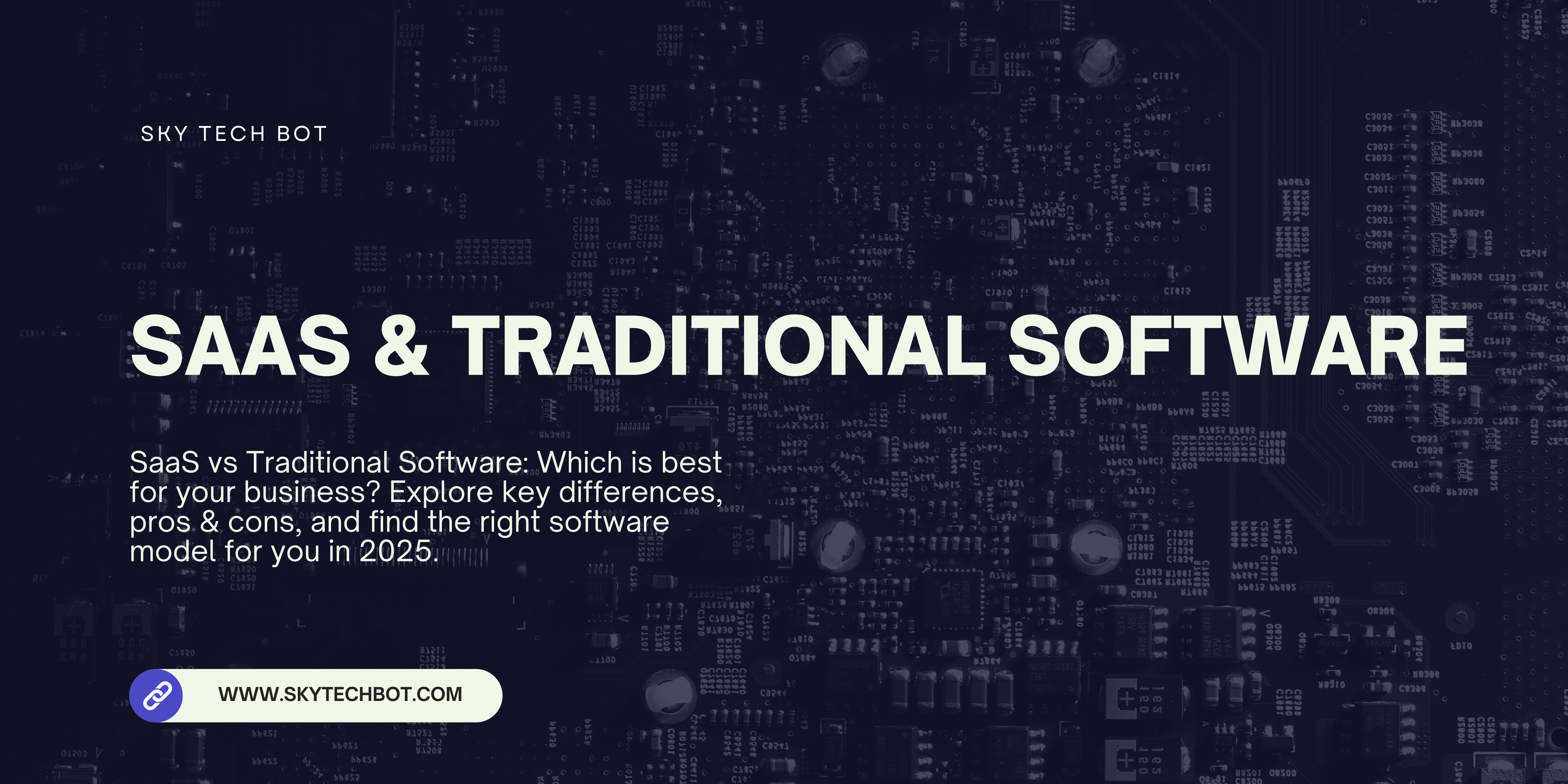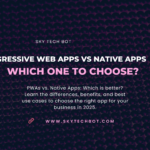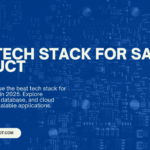Choosing the right software model is crucial for businesses and individuals in 2025. With the rise of Software-as-a-Service (SaaS), many are moving away from traditional, on-premise software. But which one is the best fit for your needs?
In this detailed comparison, we’ll explore the key differences, advantages, and use cases of both SaaS and traditional software, helping you make an informed decision.
What is SaaS (Software-as-a-Service)?
Software-as-a-Service (SaaS) is a cloud-based software delivery model where applications are hosted on remote servers and accessed via the internet. Instead of installing software on individual devices, users subscribe to a service and access it through a web browser.
Key characteristics of SaaS:
- Subscription-based: Pay-as-you-go pricing.
- Cloud-hosted: No need for local installation.
- Automatic updates: No manual software upgrades.
- Scalable: Easily accommodates growing businesses.
- Accessible anywhere: Requires only an internet connection.
What is Traditional Software?
Traditional software, also known as on-premise software, is installed directly on a user’s computer or company servers. It requires a one-time purchase or licensing fee and usually involves periodic manual updates.
Key characteristics of Traditional Software:
- One-time purchase: Higher upfront cost but no recurring fees.
- Installed locally: Runs on company or personal hardware.
- Manual updates: Requires periodic maintenance.
- Greater control: Users have full ownership of the software.
- Requires IT management: Businesses must handle installation and security.
Key Differences: SaaS vs. Traditional Software
| Feature | SaaS | Traditional Software |
|---|---|---|
| Pricing Model | Subscription-based (monthly/yearly) | One-time purchase or licensing fee |
| Installation | No installation required, accessed via the cloud | Requires installation on each device |
| Updates | Automatic updates & patches | Manual updates required |
| Accessibility | Accessible from any device with internet | Limited to installed devices |
| Security | Managed by the provider | Handled by the user/company |
| Scalability | Highly scalable | Limited scalability |
| Control | Less control over customization | Full control over the software |
Pros & Cons of SaaS
Advantages of SaaS:
- Lower upfront cost.
- Easy access from multiple devices.
- No need for hardware investment.
- Seamless updates and maintenance.
Disadvantages of SaaS:
- Requires internet access to function.
- Less customization compared to traditional software.
- Ongoing subscription costs.
Pros & Cons of Traditional Software
Advantages of Traditional Software:
- One-time purchase (no recurring fees).
- More control over customization.
- Works offline without an internet connection.
Disadvantages of Traditional Software:
- Higher upfront cost.
- Requires manual updates and maintenance.
- Limited accessibility (only on installed devices).
Which One Should You Choose?
Choose SaaS if:
- You need software that’s accessible anywhere.
- You want a budget-friendly, scalable solution.
- You don’t want to worry about software maintenance.
Choose Traditional Software if:
- You need full control over your software and data.
- You prefer a one-time investment over subscriptions.
- You work in a highly secure environment where cloud storage is not an option.
Real-World Examples
Case Study: Adobe (From Traditional Software to SaaS)
Adobe transitioned from selling traditional software (Adobe Photoshop, Illustrator, etc.) to a SaaS-based model, Adobe Creative Cloud. The shift resulted in:
- Increased user base due to lower entry costs.
- Continuous revenue stream through subscriptions.
- More frequent updates and new features.
Case Study: Microsoft Office vs. Google Workspace
Microsoft Office (traditional software) requires a one-time purchase, whereas Google Workspace (SaaS) offers a subscription-based model with cloud collaboration features.
Final Thoughts
Both SaaS and traditional software have their own benefits and drawbacks. If your priority is flexibility, cost-effectiveness, and accessibility, SaaS is the way to go. However, if you need complete control, one-time payment, and offline functionality, traditional software is a better choice.
Still confused? Let’s discuss your business needs and find the perfect software solution for you!
Frequently Asked Questions (FAQs)
1. Is SaaS more cost-effective than traditional software?
Yes, SaaS has lower upfront costs, but long-term subscription fees may add up.
2. Can I switch from traditional software to SaaS?
Yes, many businesses transition to SaaS for better scalability and accessibility.
3. Is SaaS secure?
Most SaaS providers implement strong security measures, but data security depends on the provider.
Need help choosing between SaaS and traditional software? Get expert advice today!


